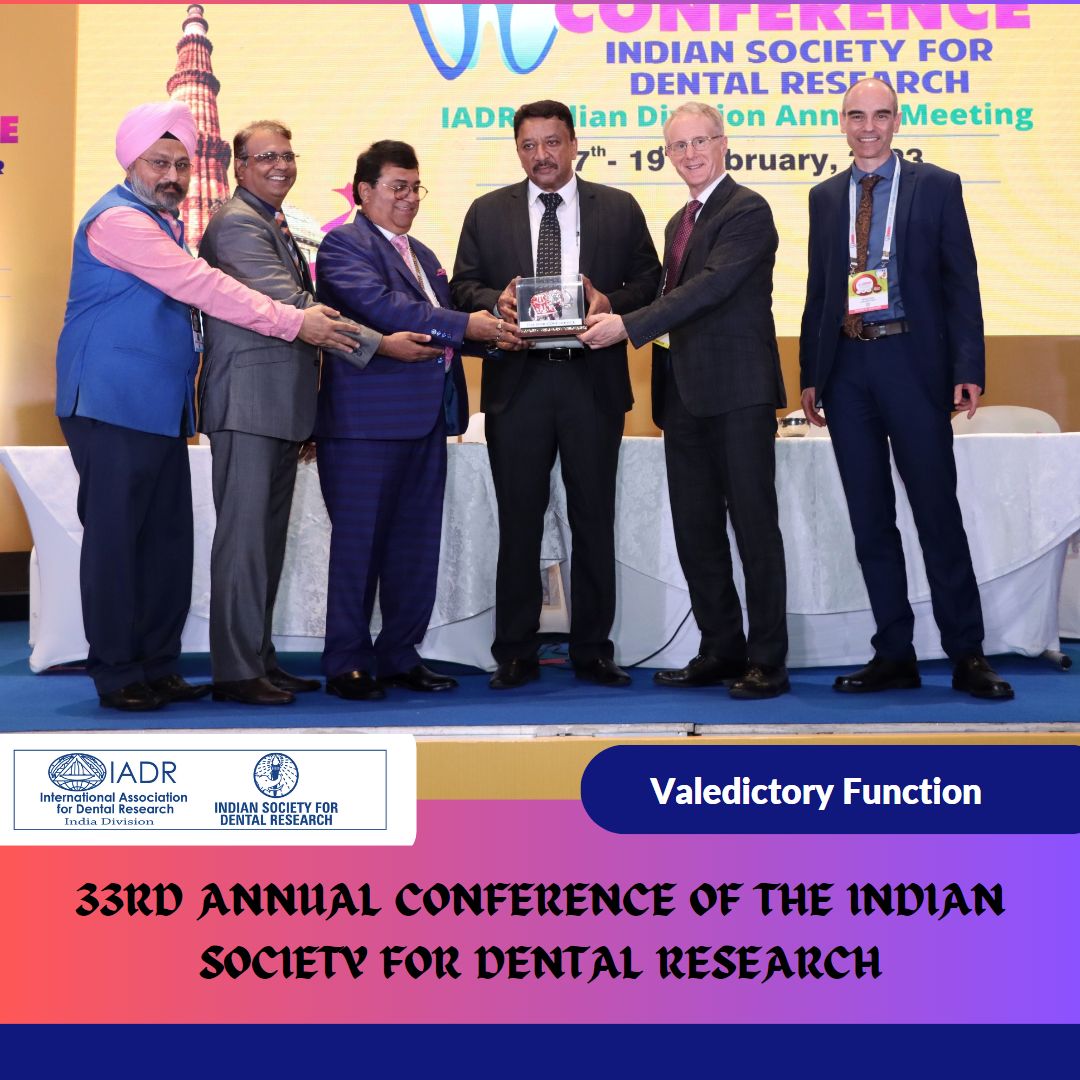Contents
Jaw Reconstruction Surgery for Infected Dentigerous Cyst
The lower half of the face comprises the upper jaw and the lower jaw. They aid in speech, eating, and communication. The jaws comprise bones, mucous membranes, nerves, arteries, veins, glands, and other specialized cells. They can be affected by pathological entities such as infected dentigerous cysts and odontogenic keratocysts.
Jaw reconstruction surgery is the preferred treatment for jaws with residual deformities from pathologies. Loss of bone from the jaws can result from a variety of conditions. They can be from trauma, cysts and cancers. Jaw reconstruction surgery enables restoration of both function and esthetics for the affected jaws.
Various Cystic Lesions of the Jaws including Infected Dentigerous Cyst
The dentigerous cyst is the most common odontogenic cyst of the jaws. It is always associated with an impacted tooth. An infected dentigerous cyst is manifested by pain and swelling of the affected region of the jaw. Complete enucleation of the cyst followed by jaw reconstruction surgery is the treatment of choice for this pathology.
Dentigerous cysts are most commonly associated with impacted mandibular third molars. The next most common site of occurrence is with impacted mandibular canines. They can however occur with any impacted tooth. There have been instances where dentigerous cysts have occurred in association with odontomes.
What are Odontogenic Cysts and how do they arise?
Odontogenic cysts are cysts that arise in the jaw from cells that aid in tooth development. They comprise a sac with a distinct membranous lining. They may contain air, liquids or solids. Infected dentigerous cysts have an impacted tooth within them.
The most common odontogenic cysts are radicular cysts. These are followed by dentigerous cysts. Infected dentigerous cysts are often painful and are accompanied by swelling. The next most common cysts are odontogenic keratocysts followed by periodontal cysts. They all commonly result in the destruction of the jaw bone.
Jaw Reconstruction Surgery and Facial Plastic Surgery
Jaw reconstruction surgery is the treatment of choice for the rehabilitation of these patients. This is followed by dental implant surgery to aid in the restoration of function. Jaw reconstruction is a form of facial plastic surgery. Facial plastic surgery involves the restoration of facial deformities. Experienced surgeons provide the best results for facial plastic surgery.
Patients can have jaw deformities due to a variety of reasons. They can be congenital as in cleft palate deformity or can arise due to road accidents. They can also arise due to conditions such as hemifacial microsomia. Jaw reconstruction surgery can be performed through processes such as distraction osteogenesis or usage of bone grafts.
Dental implant surgery is the final step in the rehabilitation of patients who undergo jaw reconstruction surgery. This form of facial plastic surgery not only restores function but also facial esthetics. Dental implant surgery is followed by the fixation of esthetic ceramic crowns to complete the rehabilitation process.
Premier Center for Facial Plastic Surgery in India
Our hospital is a renowned center for facial plastic surgery. We have been rehabilitating patients with facial deformities for over 30 years now. Located centrally in Chennai, which is the capital city of Tamil Nadu, India, we offer excellent results from facial reconstruction surgery.
The patient develops Swelling in Anterior Lower Jaw Region
The patient is a 28-year-old female from Gudur in Telangana, India. She noticed a swelling with pain in the anterior lower jaw at the region of the incisors and canine. As this was progressively increasing, she visited a dental clinic for consultation. Imaging studies were obtained and revealed a retained deciduous canine and an impacted permanent canine.
There was also radiolucency around the crown of the impacted canine. Suspecting this to be a dentigerous cyst, the patient was referred to our hospital for management. She was diagnosed with an infected dentigerous cyst associated with the impacted canine.
Initial Visit at our Hospital for Management of her Infected Dentigerous Cyst
Dr. SM Balaji, Jaw Reconstruction Surgeon, examined the patient and ordered imaging studies and biopsies. This returned with the diagnosis of an infected dentigerous cyst. Treatment planning was explained to include harvesting of bone grafts and dental implant surgery. The patient expressed understanding and consented to surgery.
Rib bone grafts were first harvested from the patient. This was followed by enucleation of the dentigerous cyst along with the impacted canine tooth. Teeth overlying the dentigerous cyst were also extracted. The resultant bony defect was reconstructed using rib graft and titanium screws.
Instructions to Return in Four Months for Dental Implant Surgery
Instructions were given to the patient to return in four months. This would allow for the complete consolidation of the bone grafts with the surrounding alveolar bone. She returned in four months as instructed for dental implant surgery. Dental implants were placed in her reconstructed jaw as per protocol. She was then instructed to return in four months’ time for ceramic crowns. This would allow for osseointegration of the dental implants to the surrounding bone.
The patient and her family were extremely happy with the level of care at our hospital. She expressed understanding of the instructions and will return in four months for her ceramic crowns.




